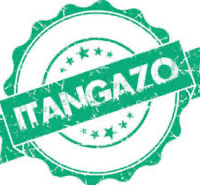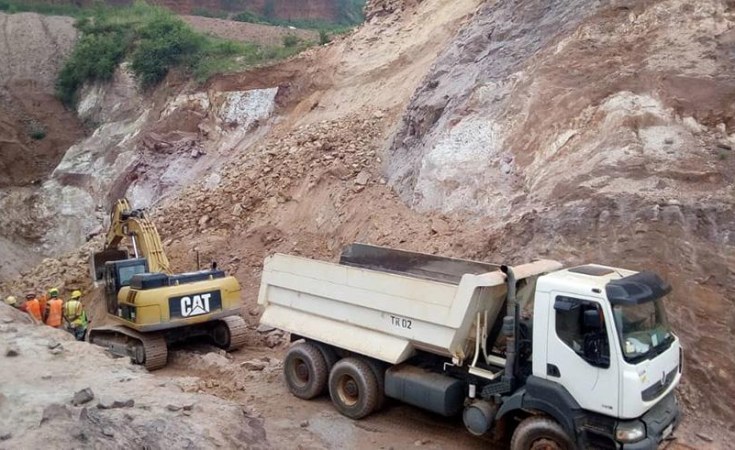An inventory carried out by the Rwanda Mines, Petroleum and Gas Board (RMB) has revealed that there are over 1,200 sources of industrial minerals and quarries for construction materials in Kigali City, satellite cities, and secondary cities, calling for proper management of the resources while developing cities master plans.
Industrial resources (minerals) are rocks, minerals, or other geological materials that are mined for their commercial value, which are not fuel (fuel minerals or mineral fuels) and are not sources of metals (metallic minerals), but are used in the industries based on their physical and chemical properties.
They are used in their natural state or after beneficiation (treatment of raw material) either as raw materials or as additives in a wide range of applications.
Examples of industrial rocks and minerals include limestone, clays, sand, gravel, diatomite, kaolin, bentonite, silica, barite, gypsum, and others.
The inventory and mapping of the industrial minerals and construction material started in 2020, Jean Claude Ngaruye, Head of the Mining Exploration Division told The New Times.
“After carrying out inventory, we managed to find and map all sites where we can find industrial minerals across the country, and where different quarries for construction materials are located in Kigali City and around it, as well as secondary and satellite cities to Kigali,” he said.
He said collected data was exported into GIS, and 48 maps were produced.
Ngaruye additionally said that samples of the materials were tested in the laboratory to cross-check their quality and efficiency of use.
Protecting the resources
The inventory and mapping of the resources are aimed at ensuring proper management policy, Ngaruye noted.
“For instance in developing cities’ master plans, the sources of industrial minerals and quarries for construction materials must be considered so that they are protected to ensure that construction materials are available for the cities and industrial development,” he said.
He cited sources of limestone, a material that is used extensively for the manufacture of cement.
“There are also stones to be used in cement production. Kaolin is a white clay that is used in the ceramic industry to produce plates, sanitary wares, among others,” Ngaruye said.
Clay is a valuable resource in Rwanda, considering that a $29 million (about Rwf29 billion) plant, which will be the first of its kind in the country to make tiles from clay, a locally available raw material for construction, is currently being constructed by Africeramics— the subsidiary of Milbridge Holdings in Nyanza District.
The availability of the raw material has been assured because, after extraction, it regenerates as it is considered to be a renewable resource.
“We have to share the inventory to all players in industries, construction, and districts and others for better management of these resources,” Ngaruye noted.
The inventory, he added, was carried out in partnership with experts from the Royal Museum of Central Africa (RMCA).
According to Yamina Karitanyi, the CEO of Rwanda Mines, Petroleum and Gas Board, from the 1930s when mining started in Rwanda, the sector has undergone wide reforms and is now among the highest foreign exchange earners for the Rwandan economy.
Rwanda’s mineral exports generated $683 million (about Rwf740 billion), an increase of 52.3 per cent compared to $448 million (about Rwf486 billion), in the January-November 2022 period.
“The mining sector in Rwanda has the potential to become one of the key drivers that can support long-term sustainable growth, given that it presents unexploited opportunities,” Karitanyi said.
src:TNT







